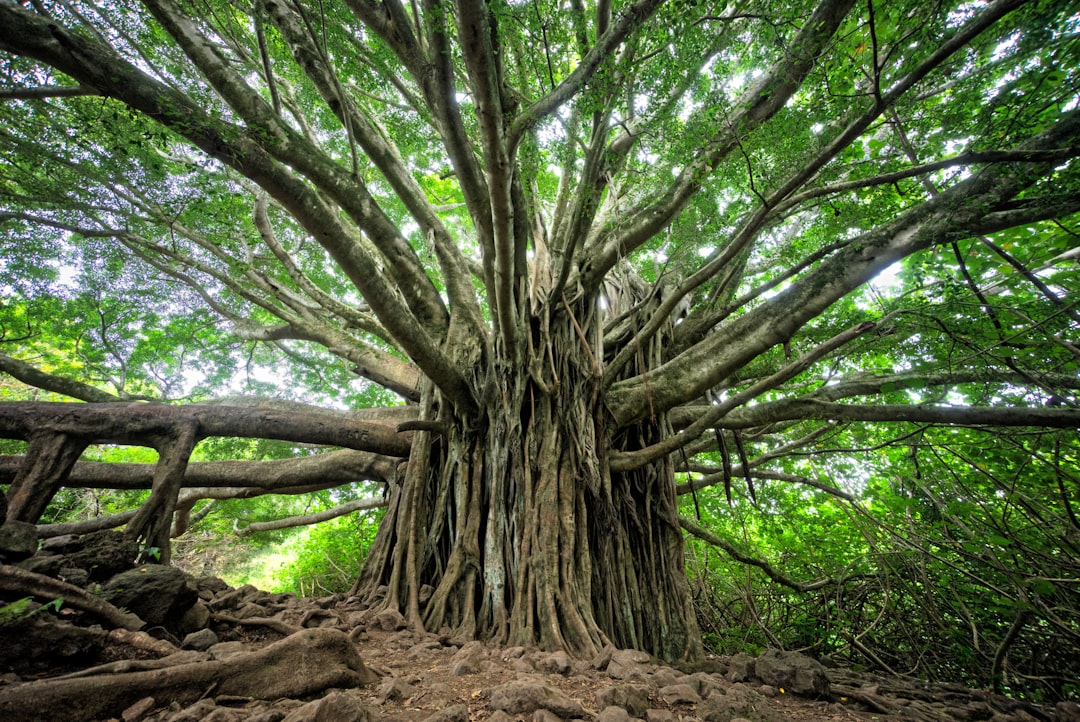What is it about?
The analysis of 119 years of rainfall data from the wettest place on earth, Cherrapunji, India shows that there is significant reduction in rainfall during the period. As a part of the climate change induced pattern change of rainfall, the wettest place on earth has shifted about 15 km to the west of Cherrapunji by late 1970s, and the place is called Mawsynram. The changes in the land cover and land use pattern also played a key role in it.
Featured Image

Photo by Jessica Knowlden on Unsplash
Why is it important?
This indicates the changes in regional climate. As the climate signatures will be first evident for the extreme cases, the change of the wettest place on earth has clearly shown the signature of climate change. This will have far reaching implications for the regional water resources, agriculture and economy. Therefore, this publications has content for a society-oriented policy decisions.
Perspectives
This article is a collaborative study with top scientists in the country and abroad. The article also deals with an important analysis on rainfall changes, which directly affect the people of the country. Also, since it deals with the wettest place on Earth, it has got a global perspective and significance, that merits world-wide attention.
Prof. Jayanarayanan Kuttippurath
Indian Institute of Technology Kharagpur
Read the Original
This page is a summary of: Observed rainfall changes in the past century (1901–2019) over the wettest place on Earth, Environmental Research Letters, January 2021, Institute of Physics Publishing,
DOI: 10.1088/1748-9326/abcf78.
You can read the full text:
Contributors
The following have contributed to this page










